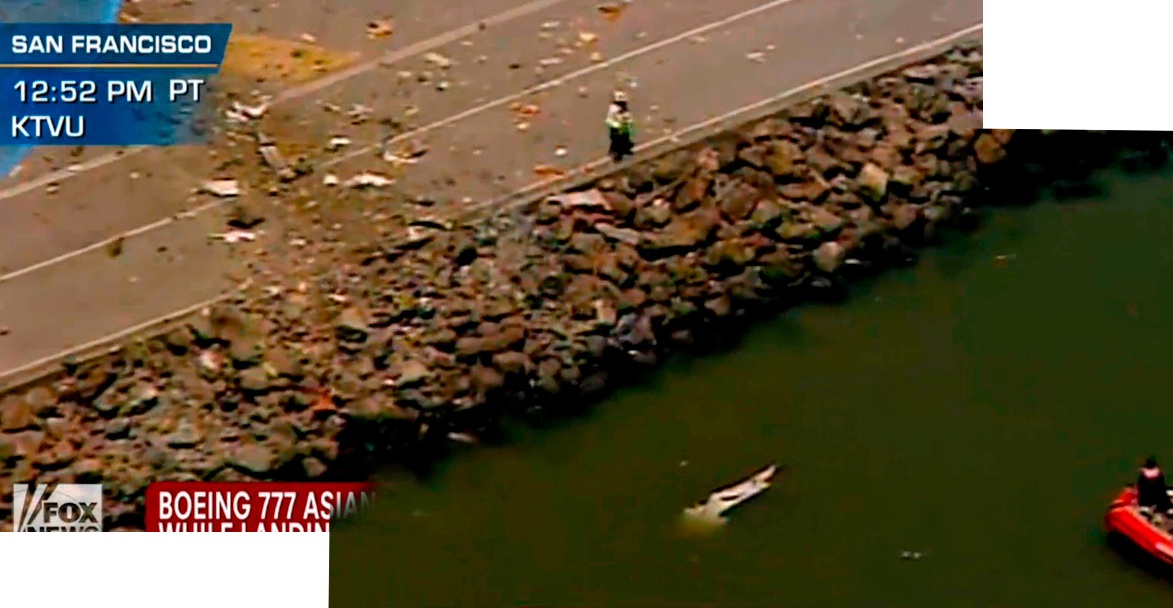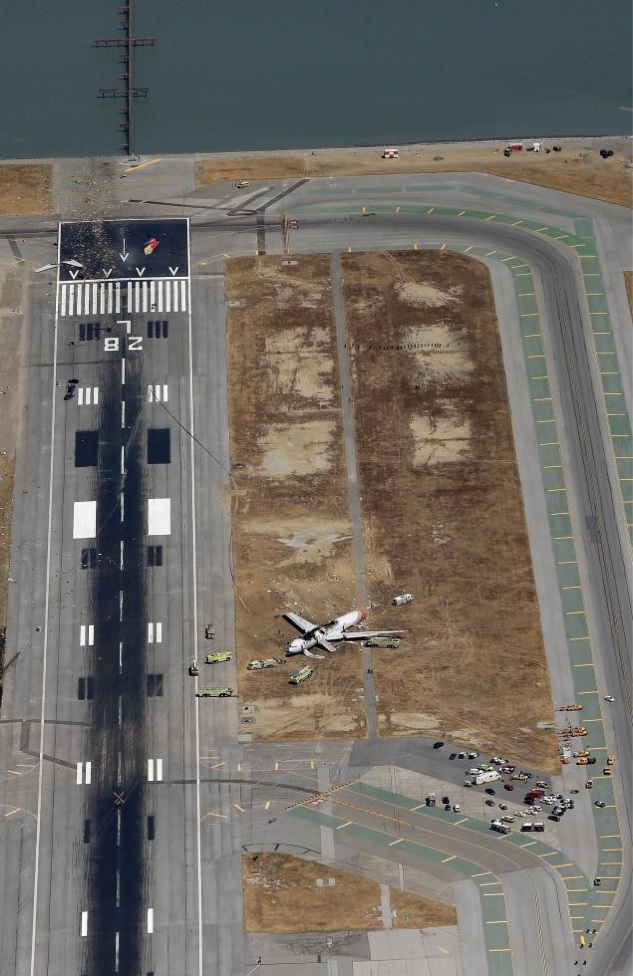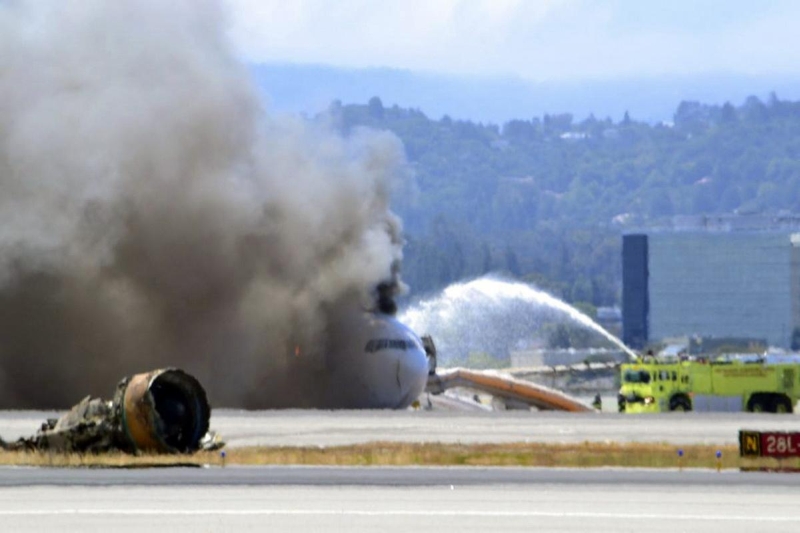AluminumTheory
Senior Member.
Because the preferred destination for an international fugitive is the country that seeks to imprison him..Godlikeproductions is already speculating there is a missing passenger and it is Snowden.
Coincidentally, I have been addicted to this series known as "Mayday - Air Crash Investigation" (it's known be a few other names internationally). But it is kinda crazy how the slightest flaw which is insignificant by itself seems to initiate a series of unfortunate coincidences that inevitably result in such horrific crashes.
That being said, I wouldn't be so quick to blame the pilot.



